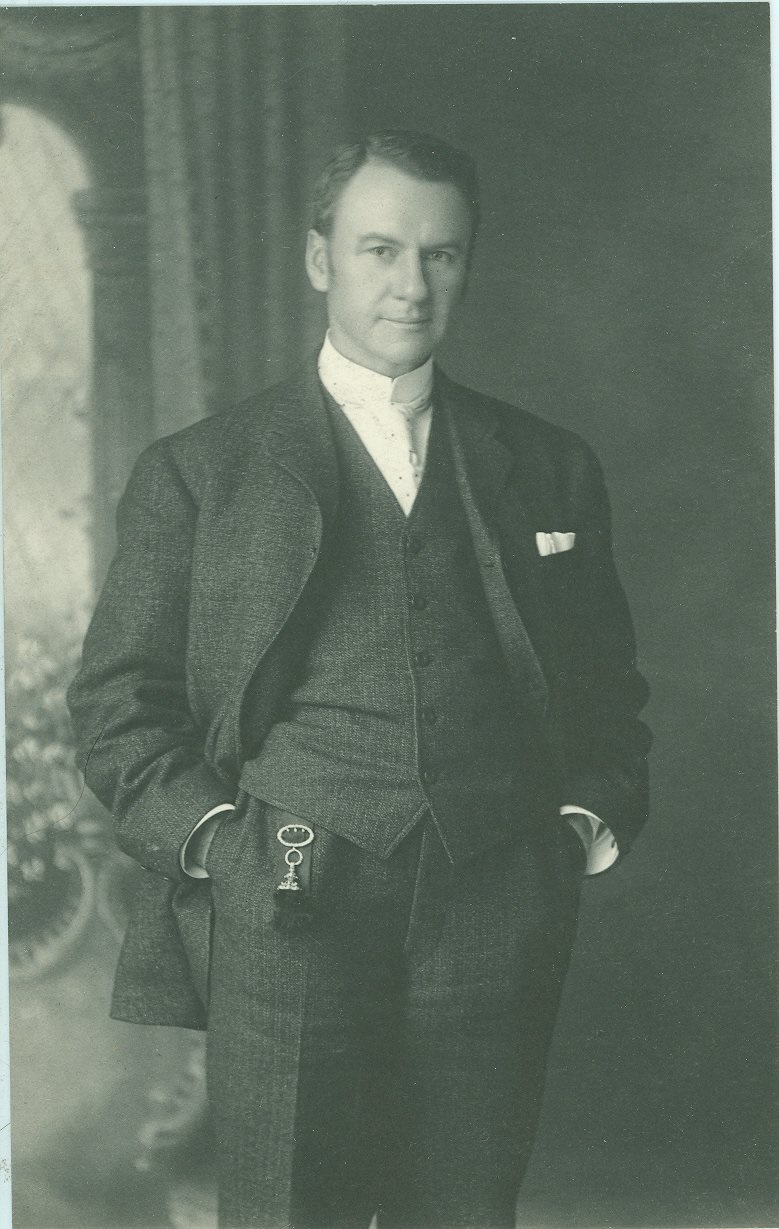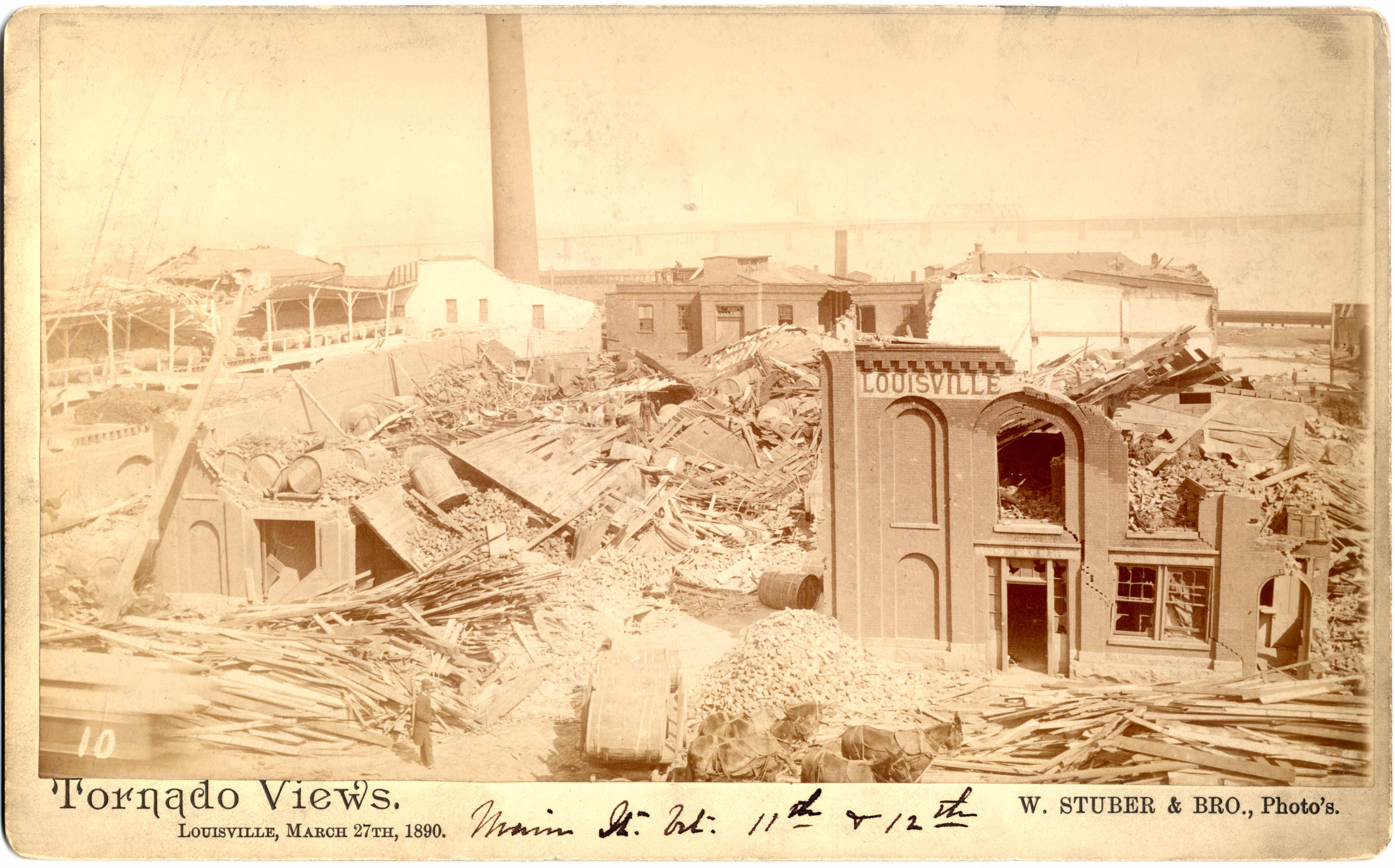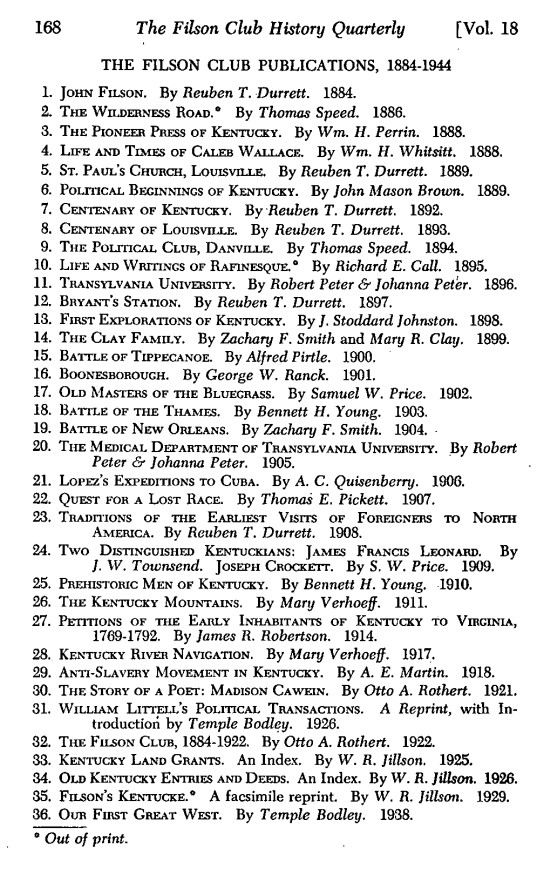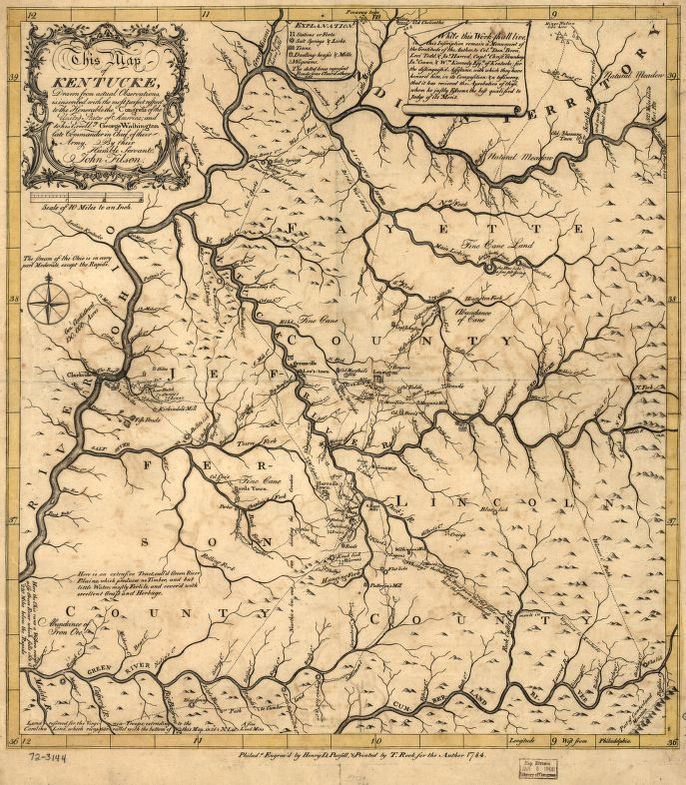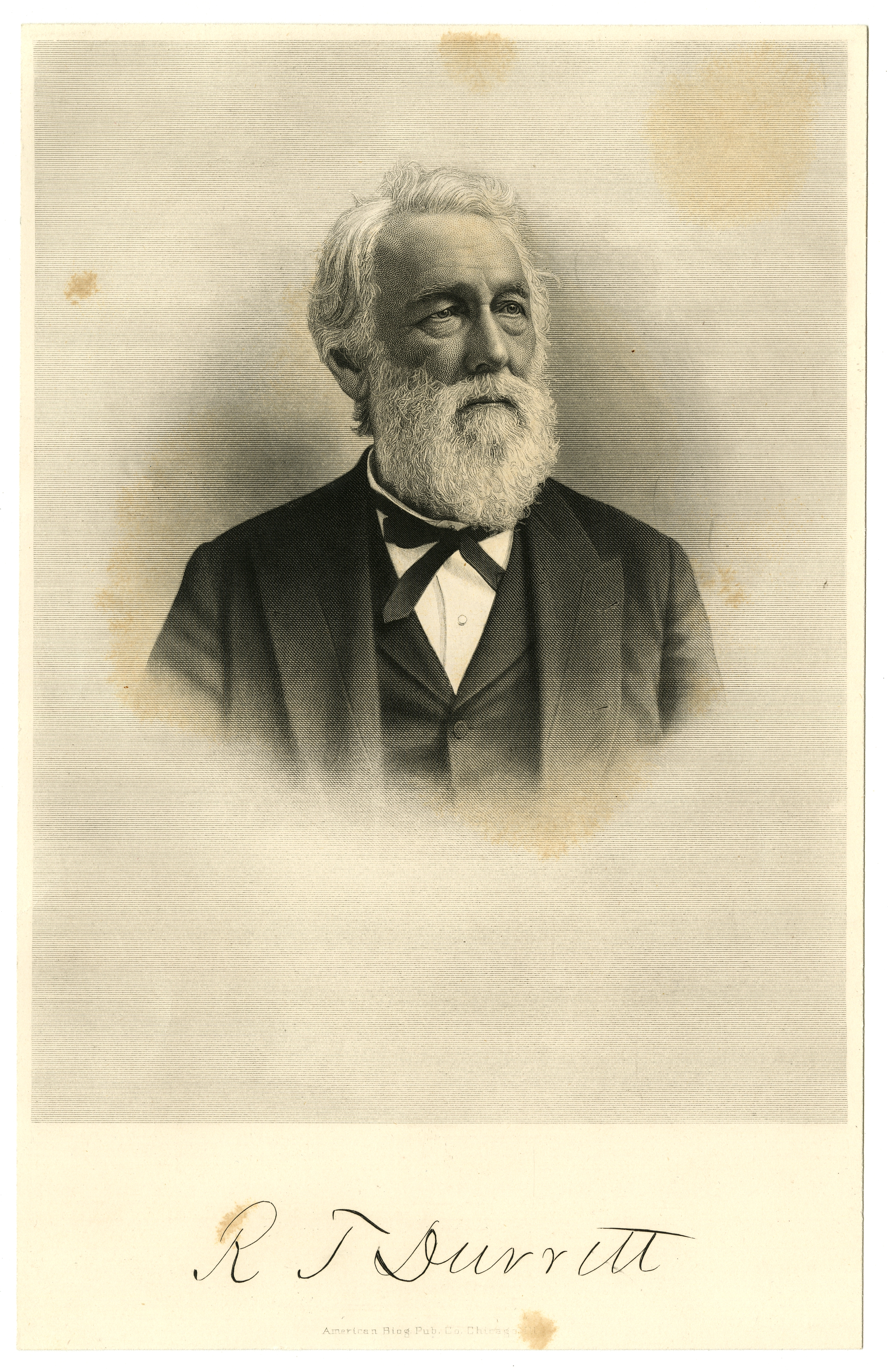1918 Flu Pandemic

“Filson Club Called Off,” Discher Family Papers, 1917-1921, Filson Historical Society
In 1918, an outbreak of influenza including the strain known as the “Spanish flu” spread rapidly around the world hastened by World War I as soldiers moved across international borders. Camp Zachary Taylor, the city of Louisville, and the state of Kentucky were hit with cases. To slow down the spread of the flu, Kentucky closed churches, businesses, and schools, and banned social gatherings of more than 15. Even the Filson closed during this time!
The Filson holds a collection of letters from the Discher family of Louisville to their brother and son, Louis Discher, a soldier serving the American Expeditionary Forces during the Great War. He was trained at Camp Zachary Taylor and was later moved to Camp Sevier in South Carolina. You can view the complete collection of the Discher family letters online by following the link here.

